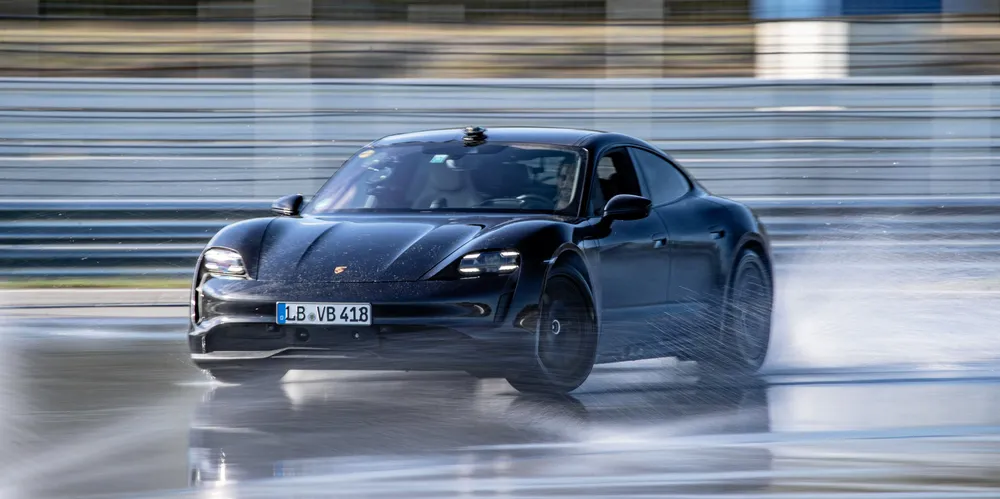Porsche and Siemens Energy back world’s first green hydrogen-to-e-fuel plant in Chile
German government supports pilot plant linked to wind power with €8.23m as part of its national hydrogen strategy in effort to source green fuels internationally

German government supports pilot plant linked to wind power with €8.23m as part of its national hydrogen strategy in effort to source green fuels internationally
